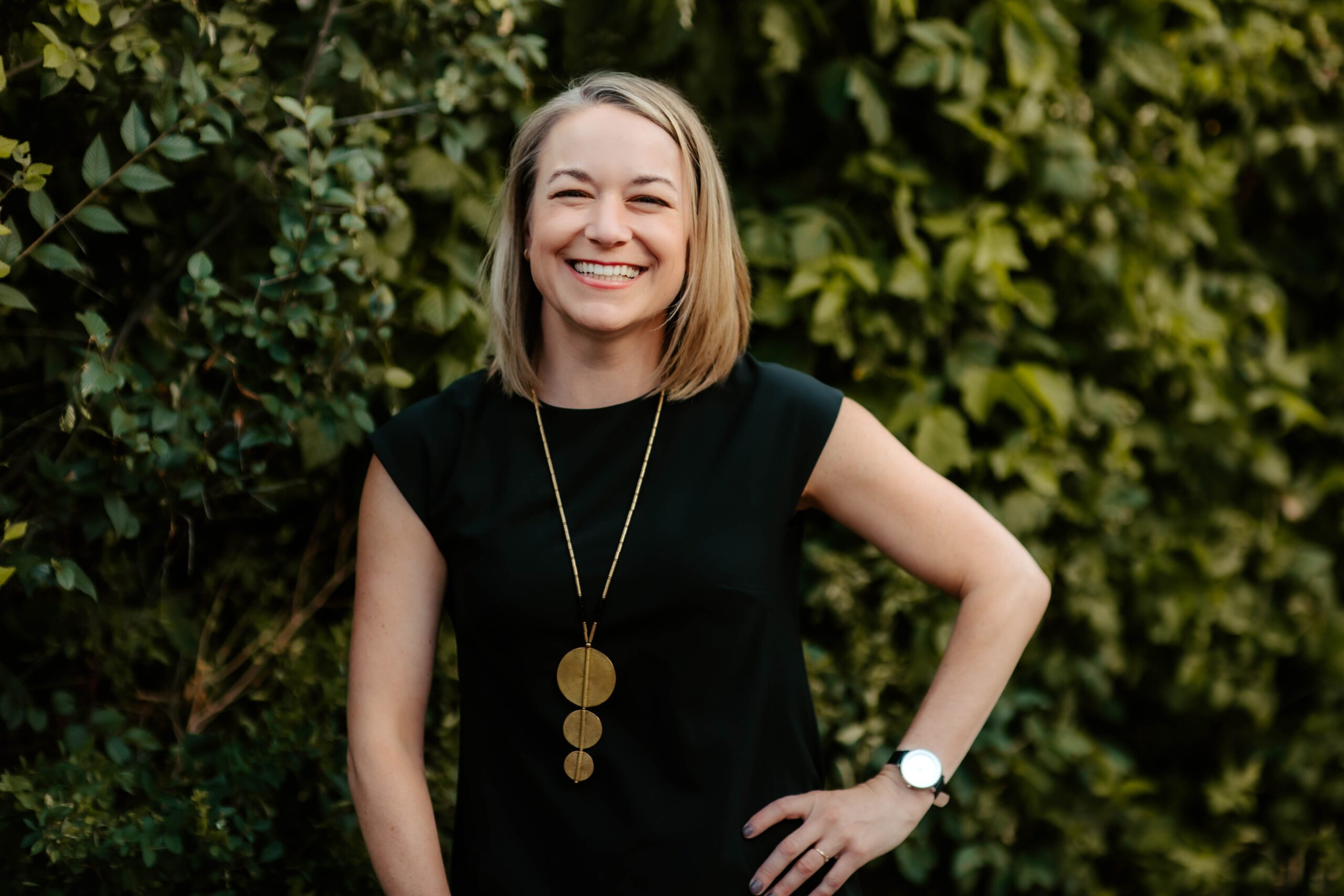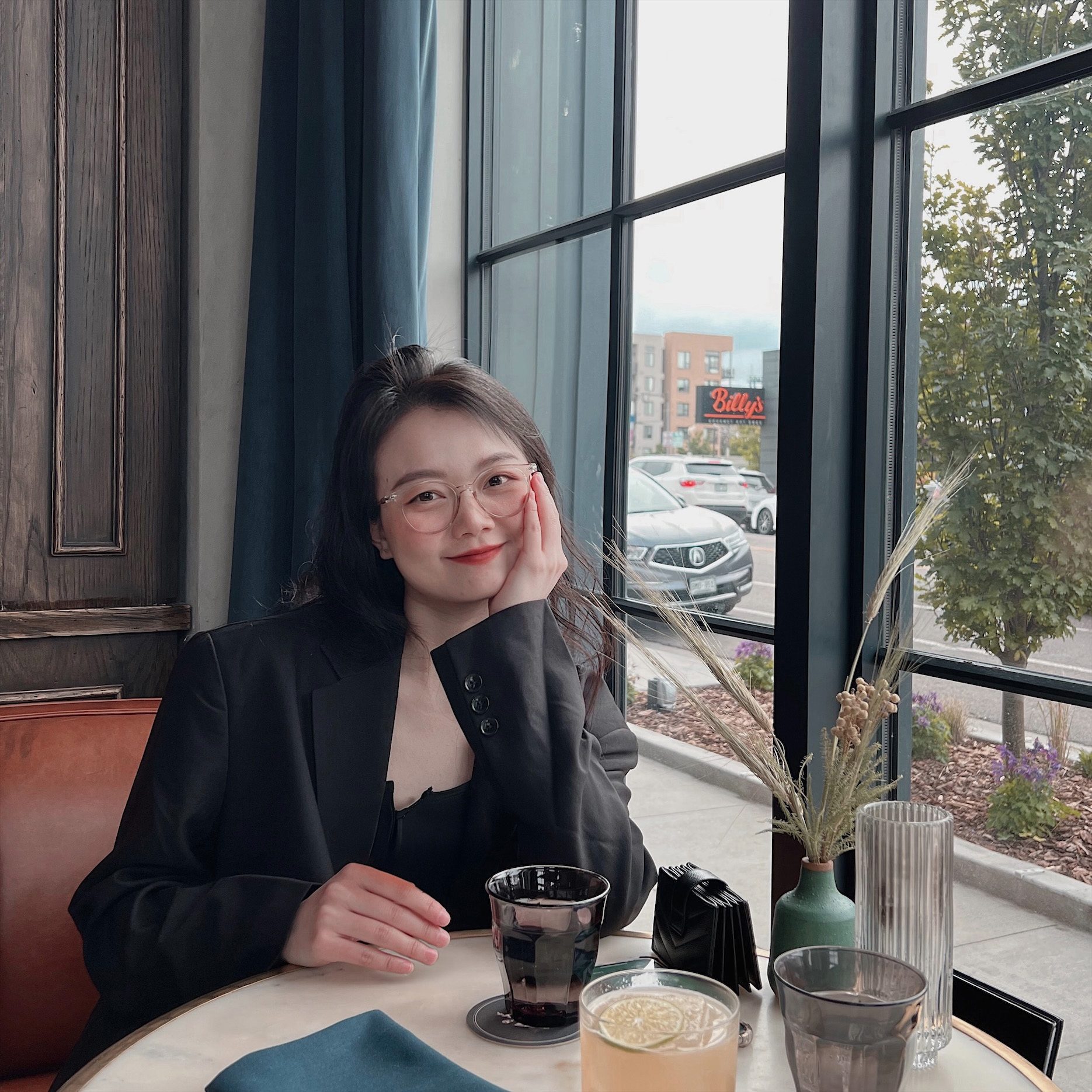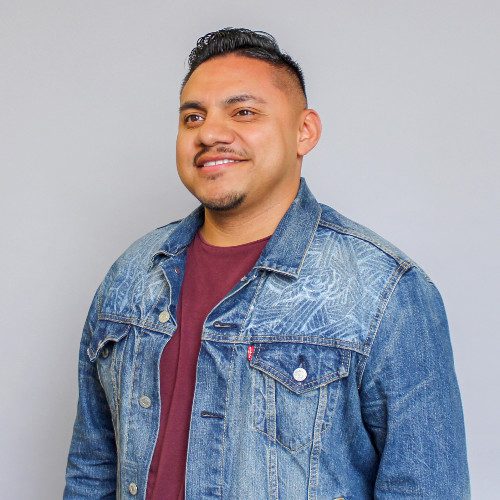Request Information
Ready to find out what MSU Denver can do for you? We’ve got you covered.
From commercial packaging to mobile devices, to magazines and books, to trademarks and logos, to websites and physical environments, the diversity of design practice is reflected in the program of design studies offered at Metropolitan State University of Denver.
Communication is the most fundamental human act and Communication Design expresses the fusion of semantics, pragmatics, and syntactics that our program embodies.
At MSU Denver, Communication Design is part of a professional education that emphasizes oral, written, and visual communication. This approach, coupled with sound strategy in research, practice, and visual studies, gives students the opportunity to engage in a broad spectrum of today’s design practice.

MSU Denver’s Communication Design program challenges students to become informed, thinking designers.
As a student in this program, you will first learn how to use typography, imagery, space, and time to communicate ideas and create narratives or stories. You will expand on these fundamentals in intermediate studies, where you will engage in design problem-solving through critical inquiry and research. At advanced levels, you will explore a wide range of design endeavors in projects that satisfy your personal interests as well as those that connect you with the Denver design community and industry beyond the classroom.
Through course pathways that fuse semantics, pragmatics, and syntactics, students discover how to design for the people and contexts that require communication while learning to craft effective and culturally appropriate messages in a broad range of design media. As part of a professional education the program has three distinct focal points: (1) Design fundamentals; (2) Traditions of the discipline; and (3) Interactive, time-based content. Further emphasizing a holistic approach to contemporary design, history/theory, strategy, and research are emphasized through oral, written, and visual communication outcomes. As a design student, you will come to rely upon these critical aspects in your coursework and beyond. These are the very tools of the discipline that will enable you to be a successful designer.
Our MSU Denver Communication Design graduates find employment across diverse sectors within the design industry, showcasing their versatile skills and creativity in various professional roles:
|
|



Communication Design is a broader field that encompasses graphic design but extends into strategy, research and user experience. While Graphic Design focuses on the creation of visual assets such as logos, layouts, and branding, Communication Design considers how those visuals function within a larger system to convey meaning and engage audiences across print, digital, and environmental platforms—merging aesthetics with purpose and strategic intent. Our coursework reflects the broad scope of Communication Design, offering a range of digital design courses tailored to align with your diverse career goals.
All students entering the Department of Art as majors are admitted under either the B.A. in Art or the B.A. in Art History, Theory, and Criticism. After completing the foundation courses and one other course in ART, CDES, or ARTH, those wishing to pursue the B.F.A. in Art, B.F.A. in Art Education, or the B.F.A. in Communication Design will be required to pass a formal portfolio review for admittance.
The Communication Design program is housed in the Central Building, on the southeast side of Auraria Campus. Here you will find approximately 4000 square feet of state-of-the-art digital technology, studio and lecture spaces, printing and production facilities, as well as faculty offices. This design hub offers the functions of a professional design studio. As a student, you will be free to work in any number of spaces based on your needs, interests, and coursework requirements, and thus have the opportunity to build a spirit of collaboration with other students in your discipline.
The studio features a design library and gallery for student reference; for in-depth research needs, the Auraria Library is just a building away. A collaborative learning lab features innovative strategies for team-based collaboration on design projects. An integrated print studio boasts an 1895 Columbia and Mitchell tabletop platen-press, and a Vandercook 3. As a student you will be able to work with faculty and/or trained studio assistants to produce a variety of printed ephemera. The historical significance of printing with movable type will connect you with your studies in design history and typography, among other subjects.
Emphasizing the connection between history and modern technology, data projectors and white boards are strategically positioned in teaching spaces to allow for project demonstration and group critique of work. When faced with producing design solutions, you will have at your disposal industry-standard color and black-and-white laser printers as well as a large-format archival printer. These in-house options will make it easy for you to make your design solutions a reality very quickly. Additional resources in the studio include video and still digital cameras, microphones, tripods, data projectors, and headphones, all available for student checkout.
The Communication Design program is located in CN 311.
The Department of Art office is located in the Arts Building, Suite 187 on the Auraria Campus.
Mondays: 2pm – 6pm
Tuesdays: 12:30pm – 5pm
Wednesdays: 2pm – 6pm
Thursdays: 12:30 – 5pm
For Gear Checkout, Printing, and Tech Staff Support. Drop-in, No Bookings Needed. Studio Assistant hours may be subject to change.
CN 311K Letterpress Lab:
Tuesdays from 9am – 12pm
Wednesdays from 12pm – 5pm
Book press time on the Vandercook Press or time for Typesetting in the Letterpress Lab. Schedule yourself to start and end any time within the hour you choose. If you need more time, book multiple timeslots.
Students wishing to utilize CDES Print Services, please view:
CDES Print Services
First, look for your price and the invoice number in the email you receive from [email protected] with subject “CDES Print Services Invoice,” then:
Associate Professor - Communication Design Program Coordinator
[email protected] 303-615-1437